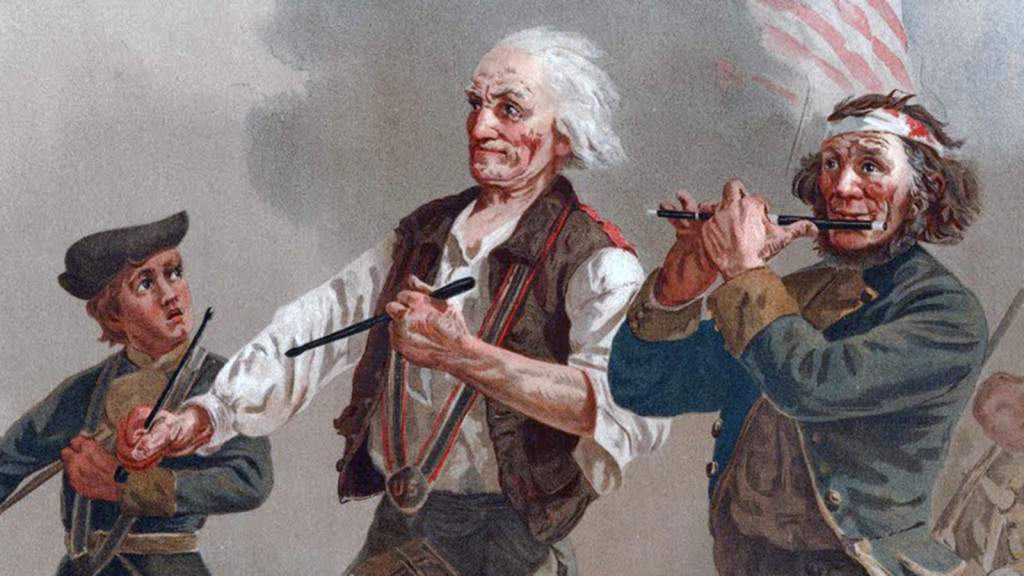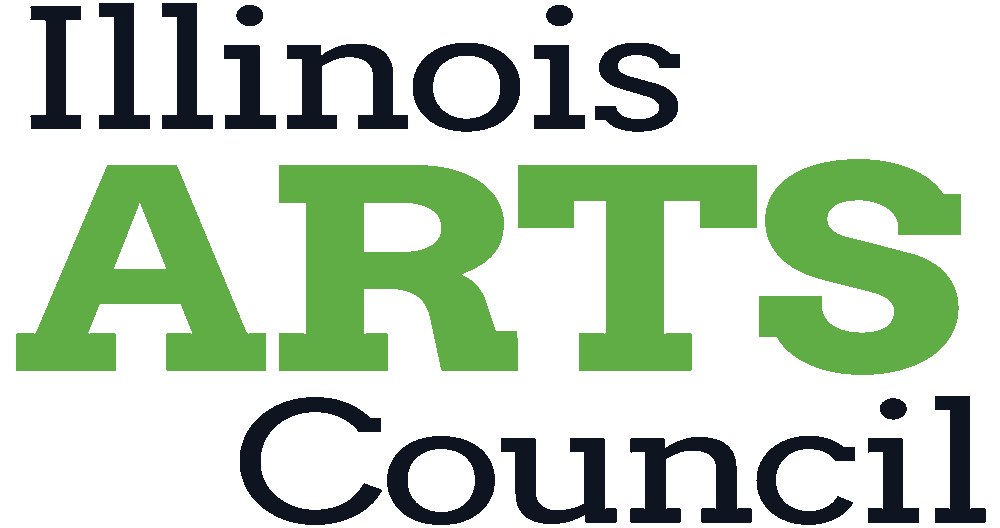Songs of the American Revolution

"The Spirit of '76" by Archibald MacNeal Willard, 1875
Premiering November 16 is Ken Burns’s highly anticipated documentary, The American Revolution, a new six-part docuseries that explores the country’s founding struggle and its eight-year War for Independence. The film explores the Revolution’s influence across the world using the first-person voices of nearly 200 individual historic figures to tell the story. But what about the music that came out of the Revolutionary period? In advance of this new documentary, we investigate the role music played in the fight for independence.
Relatively little original music was inspired by the Revolutionary War, but that is not to say music didn’t play an important role. Largely, music-making in Revolutionary America was more functional than “artistic”—and certainly was not intended for the concert hall. Instrumental music was for marching, dancing, or entertainment, and secular vocal music was performed at home or in small gatherings. Often, popular melodies from the British musical stage were given new verses for the purpose of transmitting propaganda, cultivating patriotic feeling, or entertaining with pointed sarcasm. These ideas could circulate more quickly if they were set to already familiar tunes.
Most of the time, these patriotic ballads were not written down but transmitted orally, or the words were printed in newspapers, indicating which tune they should be sung to. In the liner notes to the 1976 album The Birth of Liberty: Music of the American Revolution, music historian Richard Crawford writes, “[The music of the Revolution] addressed a cultural need and was hence accessible. The people whose feelings it expressed were preoccupied with survival rather than art, anxious to feel morally superior to their enemy, willing to be diverted and entertained.”
Singer-songwriter and historian Diane Taraz further explains the important function music played in the revolution: “Music was an important weapon in the battle for hearts and minds, as both sides created songs to encourage either rebellion or loyalty to the crown. Ballads carried the news of the day, especially important to those who could not read. And when the sun went down, there was nothing better than a 40-verse ballad full of bloody plot twists to while away the evening.”
We will examine some of the songs to come out of the American Revolution, including both borrowed tunes and original music by the few American composers writing at the time.
Probably the most enduring song to come out of the American Revolution is “Yankee Doodle.” Its origins are murky and up for debate, but some scholars have posited that the melody dates back to 16th-century Holland. Traditional lore states the text we know today was penned in 1755 by a British army doctor named Richard Schuckburg. Originally intended to mock the “uncouth” American colonists who fought alongside British troops during the French and Indian War, the song was embraced by the very people it set out to ridicule. Americans adopted “Yankee Doodle” with pride, and it soon gained popularity on both sides during the Revolutionary War.
Free America/A Song On Liberty
“Free America,” or “A Song On Liberty,” is an example of a tune drawn from the fife repertory. In this case, the song repurposes the traditional British march tune “British Grenadiers.” The melody’s origins are unknown, though it appeared in a British musical drama in 1706. “Free America” sets the tune to a text attributed to Joseph Warren (1741–1775), a physician who was a leading figure in the Patriot movement in Boston at the beginning of the Revolution and later slain at the Battle of Bunker Hill. The text parodies the original text of “British Grenadiers,” which compares British soldiers to the great classical warriors like Hercules and Lysander. Instead, “Free America” recounts how the Brits bowed to foreign invaders, such as the Romans, Danes, and Normans, whereas the Americans “have never fall’n a prey.”
William Billings was a composer, singing teacher, and leather tanner from Boston who was influential in the development of sacred music in New England during the 1770s and 80s. In 1770, he published a collection entitled The New-England Psalm-Singer, which was the first collection of entirely American music ever published. He was unique in that he composed original music specifically commemorating the events of the Revolution, whereas others usually set new words to preexisting melodies. One example of this is Billings’ patriotic choral anthem “Lamentation Over Boston,” which commemorates the British occupation of Boston between the Battle of Bunker Hill in June 1775 and their evacuation in March 1776. Billings not only composed the music but also wrote the text, which quotes Psalm 137 in the opening line, “By the Rivers of Watertown we sat down and wept, when we remembered thee, O Boston” (replacing “Babylon” and “Zion” in the original psalm).
After “Yankee Doodle,” the most popular song of the Revolution was arguably William Billings’ “Chester.” Originally a psalm tune, “Chester” appeared in Billings’ first collection, The New England Psalm-Singer, in 1770. He republished it in 1778 in his second volume, The Singing Master’s Assistant, alongside new, Revolution-inspired lyrics he penned himself. Even the new words are still imbued with religious fervor, demonstrating the righteousness the Patriots felt in their cause.
“Let tyrants shake their iron rod,
And Slav’ry clank her galling chains,
We fear them not, we trust in God,
New England’s God forever reigns.”
Johnny Has Gone For A Soldier/Buttermilk Hill
Not all songs that were popular during the American Revolution were characterized by defiance and bravado. Some were more introspective and acknowledged the harsh realities of war. For instance, “Johnny Has Gone For A Soldier,” or “Buttermilk Hill,” was a popular song at the time. Likely based on the 17th-century Irish folk tune “Siúil a Rúin,” the heartbreaking lament tells of the hardship that war places on the men who fight and the women they leave behind. The sentiment of the song stayed relevant long after the American Revolution, remaining a popular song during the Civil War and becoming a mainstay of the American folk repertory.
“The Liberty Song” became a powerful musical symbol of the Patriots’ cause and was particularly potent given its source material. John Dickinson wrote the text in 1768, which he set to the British patriotic song “Heart of Oak” by William Boyce. The original words, written by David Garrick, tell of the strength of the British Royal Navy’s ships and the strength of the men’s convictions:
“Heart of oak are our ships,
Heart of oak are our men.
We always are ready.
Steady, boys, steady.
We’ll fight and we’ll conquer again and again.”
These original words were sung on the London stage in 1759 to celebrate the victories of the British over the French in The Seven Years’ War. To this day, “Heart of Oak” serves as the Royal Navy’s official march.
Railing against the new taxes imposed by the Townshend Acts of 1767, Dickinson’s words were first published in two colonial newspapers on July 7, 1768, representing one of the earliest patriotic songs in pre-Revolutionary America. The song soon spread like wildfire as it was reprinted in newspapers across the colonies. Even if most Americans won’t know the song today, they might recognize the line “By uniting we stand, by dividing we fall”—a phrase that has been used as a patriotic motto throughout American history ever since.
These are just a few examples of songs that characterized musical life in Revolutionary America, forming an important though often neglected part of our cultural history.
Tune into WILL-TV Sunday–Friday, November 16–21, for The American Revolution, or stream all episodes on the PBS App starting November 16. You might just recognize some of the tunes!



